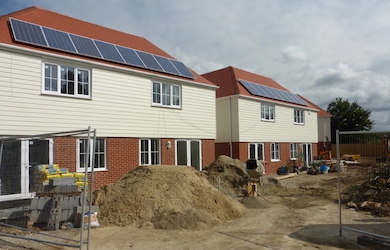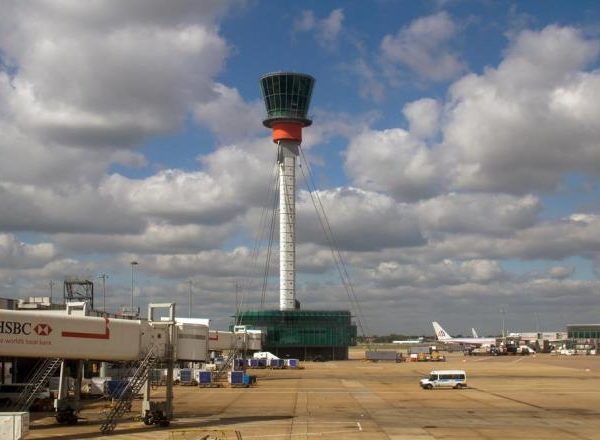As the world population grows, there is an ever-growing pressure to develop more high-rise buildings, particularly in city centres, to maximise the use of developable area. Various technical considerations need to be made when a building is developed. The height of a building can cause it to be a physical obstruction for aircraft, a telecommunications link could be blocked, reflective surfaces could cause glint and glare towards sensitive receptors; these are some of the issues that Pager Power assists developers with, more information can be found here.
One aspect of building development that can be complex to analyse is the effect on the wind environment. There are two broad categories of flow in fluid dynamics; laminar and turbulent. Laminar flow is organised flow along well-defined streamlined paths with no mixing between layers, whereas turbulent flow is high-energy and chaotic with mixing between layers.
Laminar and turbulent flow [1]
Introducing a new building into an environment can disturb the airflow by inducing ‘wind shear’. This is defined [2] by the Federal Aviation Authority (FAA) as ‘a change in wind speed and/or direction over a short distance’. It can occur horizontally or vertically. The end result can be to create more turbulent air flow, which can have various impacts including on aircraft safety. A tall building near the approach/departure route of an aircraft can cause concern to a safeguarding team because of the effect of the wind shear it may induce on an aircraft during take-off and landing. In particular the approach phase is generally considered to be the most critical stage of a flight, and therefore it is important to understand whether there will be any effects.
About Pager Power
Pager Power can conduct high-level turbulence assessments for buildings and other obstructions (e.g. wind turbines) to predict whether any significant impacts would be expected on aviation activity at nearby aerodromes. The team also have contacts and previous experience of turbulence specialists in the UK who can conduct Computational Fluid Dynamics (CFD) and wind tunnel modelling for more detailed assessments, which are sometimes required by aviation authorities. If you need a turbulence assessment for your development, or for more information, please contact us at info@pagerpower.com.
Aircraft above skyscrapers in Frankfurt, Germany. [3]
References
[1] A. Cornish-Bowden, Artist, Laminar flow produces little or no mixing, but turbulent flow produces very rapid mixing. [Art]. Wikimedia Commons, 2019.
[2] Federal Aviation Administration, “Wind Shear,” 2008. [Online]. Available: https://www.faasafety.gov/files/gslac/library/documents/2011/aug/56407/faa%20p-8740-40%20windshear%5Bhi-res%5D%20branded.pdf. [Accessed 5 December 2023].
[3] H. Niks, Low Angle Photography of High Rise Building (2020) from Unsplash.com. Last accessed on 5th December 2023. Available at: https://unsplash.com/photos/low-angle-photography-of-high-rise-building-5YrxZ1HKhjs





